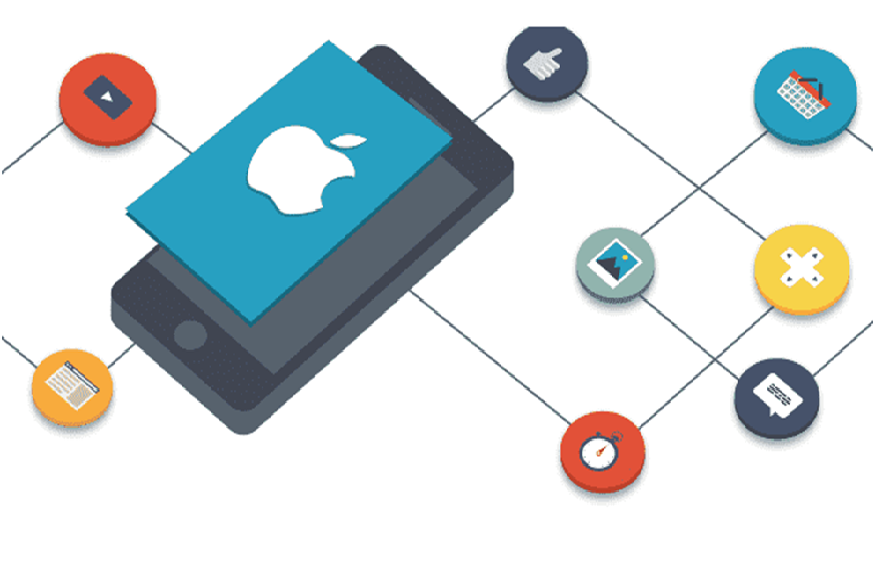“Machine translation” refers to translating the text into another language. This is when a computer program is used to translate text from one language to another automatically. Machine translation models range from rule-based systems to more advanced neural machine translation (NMT) models that employ deep learning techniques.
While machine translation has improved significantly in recent years, it still has limitations. It can be difficult to accurately translate idiomatic expressions, sarcasm, and other nuanced language elements, and the quality of the translation can vary depending on the complexity of the source text and the quality of the translation model used. As a result, it’s important to carefully review the translated text and make any necessary corrections to ensure that the meaning of the source text is accurately conveyed in the target language.
Language translation is converting written or spoken text from one language into another. The goal of translation is to accurately convey the original text’s meaning in the target language while taking cultural differences, idiomatic expressions, and other linguistic elements unique to each language.
Human translators or machine translation software can perform language translation. Human translators have the advantage of understanding linguistic nuances and providing a more accurate translation, but they are more time-consuming and expensive. On the other hand, when you can text translate using a machine is often faster and less costly, but the translation quality may not be as high as that of a human-translated text.
Benefits of translating your content into different languages
There are several advantages to translating content into a different language:
Increased reach
Content can be made more accessible to a wider audience by translating it into different languages, potentially reaching millions of people who may not understand the original language. This can help to broaden a company’s, product’s, or brand’s reach and customer base.
Improved communication
Translating content into different languages can help to break down linguistic barriers and facilitate communication between individuals or businesses in other countries.
Enhanced credibility
Translating content into multiple languages can demonstrate a commitment to inclusivity and show that a company or organization values its customers and stakeholders from various backgrounds.
Increased engagement
Translating content into the audience’s native language can increase engagement and encourage more interaction, resulting in a stronger connection between the audience and the content.
Competitive advantage
In a globalized world, the ability to communicate effectively in multiple languages can give a business a competitive advantage and help it stand out in a crowded marketplace.
Some people prefer voice translation over text translation. A voice translator is a device or app that can translate spoken words into another language in real-time. This is especially helpful for people visiting a foreign country who need to communicate with locals who do not speak their language.
Voice translators transcribe spoken words using speech recognition technology and then translate the transcribed text into the target language using machine translation. The device or app then speaks the translated text aloud. Some voice translators also include offline language packs, allowing them to translate even when no internet connection is available.
Wrapping Up
A combination of human and machine translation may be used in many cases, with the machine performing the initial translation and the human translator reviewing and editing the output to ensure accuracy. The goal of language translation, regardless of the method used, is to facilitate communication between people who speak different languages and to help break down linguistic barriers.




